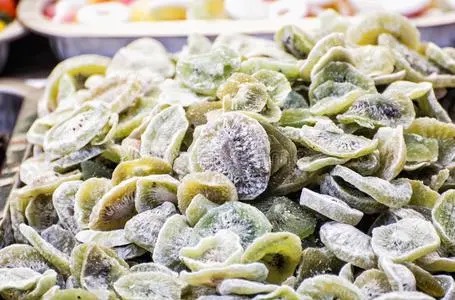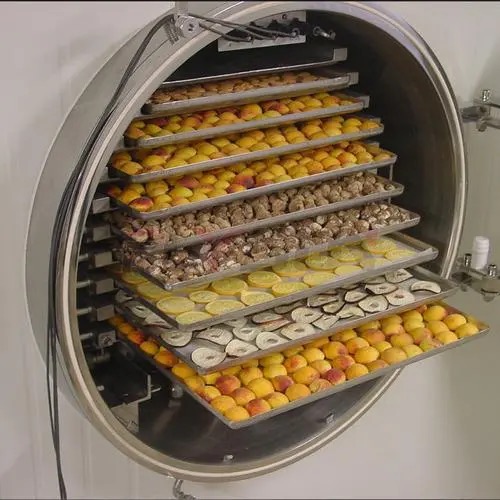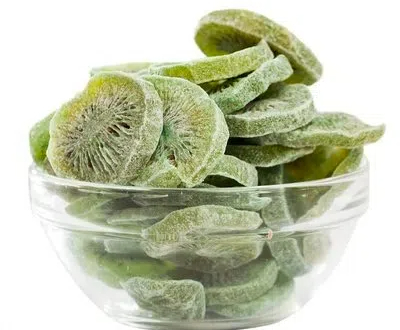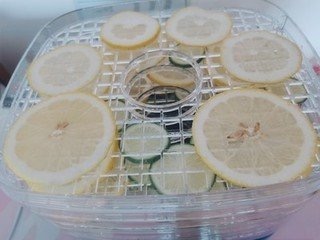
Content Menu
● Introduction
● Understanding Food Drying
● Types of Food Dryers
● How Food Dryers Work
● Benefits of Using Food Dryers
● Choosing the Right Food Dryer
● Popular Food Drying Techniques
● Common Mistakes in Food Drying
● Conclusion
● FAQs
>> 1. What foods can be dried?
>> 2. How long does it take to dry food?
>> 3. Can you dry food without a dehydrator?
>> 4. What is the best temperature for drying fruits?
>> 5. How do you store dried foods?
Introduction
Food drying is an ancient preservation method that has stood the test of time, allowing people to enjoy seasonal produce year-round. With the advent of modern technology, food dryers have become essential tools in both home kitchens and commercial food production. This article explores the intricacies of food drying, the various types of food dryers available, and the benefits they offer.

Understanding Food Drying
Food drying is the process of removing moisture from food to inhibit the growth of bacteria, yeasts, and molds. This method not only extends the shelf life of food but also concentrates flavors and nutrients. Historically, drying was done using the sun or air, but today, electric food dryers have revolutionized the process, making it more efficient and accessible.
Types of Food Dryers
There are several types of food dryers, each with unique features:
1. Electric Dehydrators: These are the most common and come with multiple trays for drying various foods simultaneously. They use fans and heating elements to circulate warm air.
2. Solar Dryers: Ideal for sunny climates, these utilize solar energy to dry food. They are eco-friendly but depend on weather conditions.
3. Oven Drying: A less efficient method, using a conventional oven can work in a pinch but requires constant monitoring.
How Food Dryers Work
Food dryers operate by circulating warm air around the food, which evaporates moisture. The ideal temperature for drying varies by food type, but generally, fruits are dried at lower temperatures (around 135°F) to preserve their flavor and nutrients. Proper airflow is crucial to ensure even drying and prevent spoilage.

Benefits of Using Food Dryers
Using a food dryer offers numerous advantages:
1. Nutritional Preservation: Dried foods retain most of their vitamins and minerals, making them a healthy snack option.
2. Cost-Effectiveness: Buying in bulk and drying your own food can save money in the long run.
3. Convenience: Dried foods are lightweight, portable, and have a long shelf life, making them perfect for camping or emergency supplies.
Choosing the Right Food Dryer
When selecting a food dryer, consider the following factors:
1. Capacity: Choose a model that fits your needs, whether for personal use or larger batches.
2. Power: Look for energy-efficient models that consume less electricity.
3. Features: Some dryers come with adjustable temperature settings, timers, and even digital displays for ease of use.
Popular Food Drying Techniques
Different foods require specific drying techniques:
1. Fruits: Slice evenly and dry at low temperatures to maintain flavor.
2. Vegetables: Blanching before drying can enhance color and flavor.
3. Meats: Jerky can be made by marinating and then drying at higher temperatures.
4. Herbs: Drying herbs at room temperature can preserve their essential oils.
Common Mistakes in Food Drying
Avoid these common pitfalls:
1. Overloading the Dryer: This can lead to uneven drying.
2. Not Prepping Food Properly: Cutting food into uniform sizes ensures even drying.
3. Ignoring Storage Conditions: Store dried foods in airtight containers in a cool, dark place to prolong shelf life.
Conclusion
Food drying is a valuable skill that not only helps preserve food but also enhances its flavor and nutritional value. With the right food dryer and techniques, anyone can enjoy the benefits of dried foods at home. Whether you're looking to save money, reduce waste, or simply enjoy delicious snacks, food drying is a worthwhile endeavor.

FAQs
1. What foods can be dried?
Most fruits, vegetables, herbs, and meats can be dried. However, some foods, like dairy and high-fat items, do not dry well.
2. How long does it take to dry food?
Drying times vary based on the type of food and the dryer used, typically ranging from a few hours to over a day.
3. Can you dry food without a dehydrator?
Yes, you can use an oven or air-dry certain foods, but a dehydrator is more efficient and provides better results.
4. What is the best temperature for drying fruits?
Fruits are generally dried at temperatures between 125°F and 135°F to preserve their flavor and nutrients.
5. How do you store dried foods?
Store dried foods in airtight containers in a cool, dark place to maintain freshness and prevent moisture absorption.












